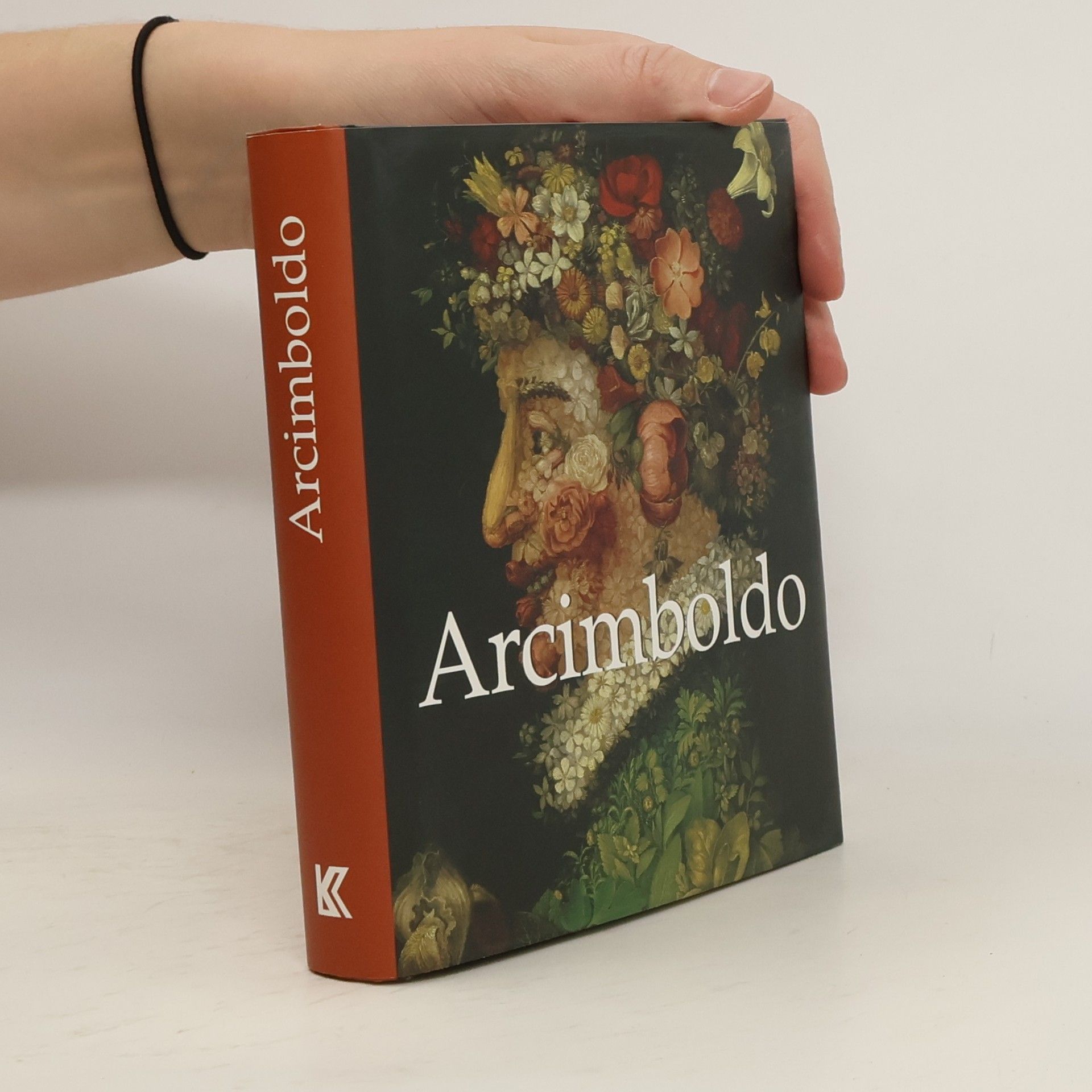Arcimboldo
- 256pages
- 9 heures de lecture
If, as the famous saying goes, you really are what you eat, then Giuseppe Arcimboldo (1527-1593) was a consummate painter of the human soul. This artist was a master draftsman whose finely wrought canvases captured the imagination of his generation. In this fascinating book, Liana De Girolami Cheney takes a closer look at the critical history of Arcimboldo's work, from his initial popularity and the tragic obscurity that followed his death, to the ventual triumphant revival of his work and vision by Surrealist admirers of the 1920s.

